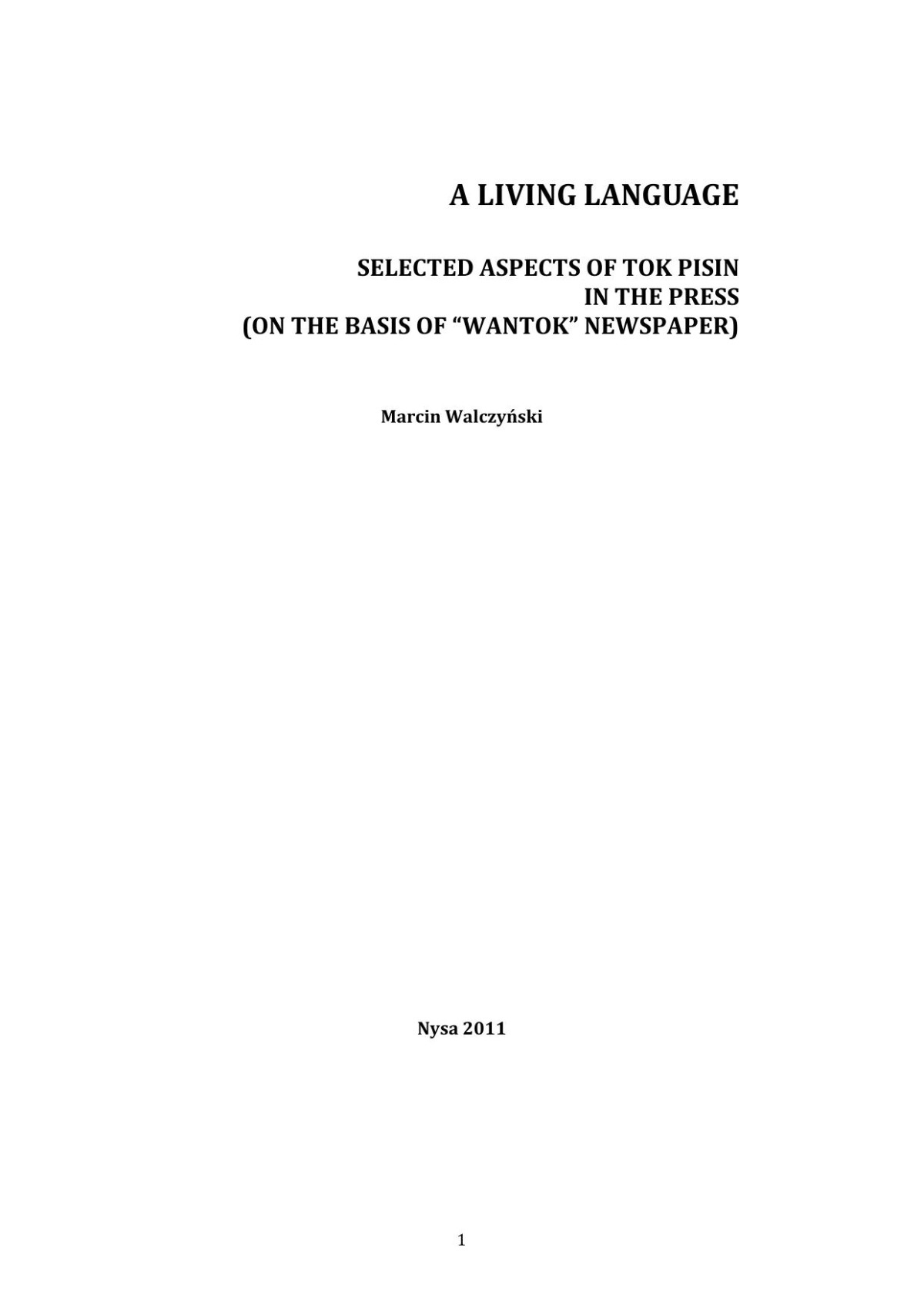

Most ebook files are in PDF format, so you can easily read them using various software such as Foxit Reader or directly on the Google Chrome browser.
Some ebook files are released by publishers in other formats such as .awz, .mobi, .epub, .fb2, etc. You may need to install specific software to read these formats on mobile/PC, such as Calibre.
Please read the tutorial at this link: https://ebookbell.com/faq
We offer FREE conversion to the popular formats you request; however, this may take some time. Therefore, right after payment, please email us, and we will try to provide the service as quickly as possible.
For some exceptional file formats or broken links (if any), please refrain from opening any disputes. Instead, email us first, and we will try to assist within a maximum of 6 hours.
EbookBell Team

4.0
26 reviewsThe present work has grown from the author’s interests in the relationships between language and society, in the role of languages in societies and the social and cultural factors contributing to the formation, development or even death of languages. Most interesting, from the author’s perspectives, are pidgins and creoles since they are good examples of how societies can overcome the communicative barriers when they are in need of a mutually comprehensible vehicle of verbal communication. It this respect, the above-quoted Winford’s words are justified as pidgins and creoles clearly demonstrate that humans are able to use their powerful mental potential to bring new entities such as languages into being if there is such a need.
From among many pidgins and creoles that have emerged in various parts of the world, Tok Pisin (also known as Neomelanesian Pidgin English, Melanesian Pidgin English, Tok Boi, New Guinea Pidgin) – the major pidgin language of Papua New Guinea, a country with approximately 800 languages, has become the author’s focus for research. This language is particularly interesting from the angle of the society-oriented language studies as it constitutes a good instance of what contacts between people of different linguistic backgrounds and cultures may lead to. However, due to the fact that this book touches upon only selected issues, it cannot be regarded as a complete and comprehensive study of the language in question. On the basis of the corpus material composed of 14 issues of Wantok – a newspaper published in large part in Neomelanesian Pidgin English, selected aspects of Tok Pisin are discussed and exemplified.